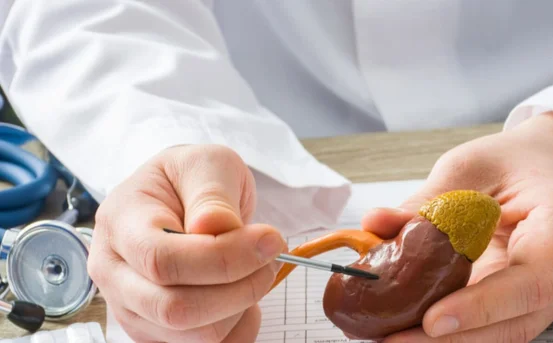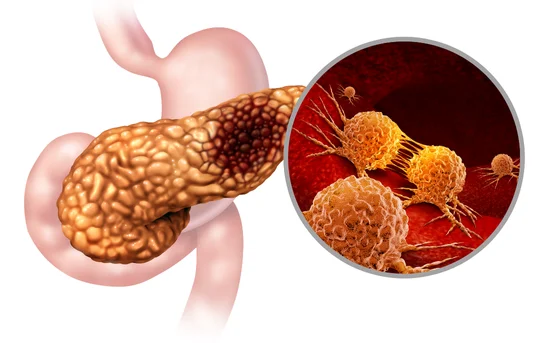Introduction
Varicose veins are a common medical condition that affects millions of people worldwide, especially women and older adults. These veins appear enlarged, twisted, and often bluish or purplish in color, primarily developing in the legs and feet due to increased pressure in the veins. Although varicose veins are often considered a cosmetic concern, they can sometimes indicate underlying circulatory problems and may lead to discomfort, swelling, or more severe complications if not treated properly.
Veins in our body are responsible for carrying blood back to the heart. To do this efficiently, they have one-way valves that prevent blood from flowing backward. When these valves weaken or get damaged, blood can pool in the veins, causing them to enlarge and become varicose. While this condition is not always dangerous, it can lead to pain, heaviness, and visible skin changes, impacting a person’s daily activities and confidence.
What is Varicose Vein?
- Appearance of Enlarged, Twisted Veins :- One of the most recognizable features of varicose veins is their visual presentation. These veins typically look swollen, twisted, and raised above the surface of the skin. They often appear blue or dark purple, commonly found on the back of the legs or calves. These visible signs are usually the first symptom people notice and are a clear indicator of underlying venous insufficiency. The twisting results from weakened vein walls and valves that fail to function properly.
- Leg Pain or Aching :- Many individuals with varicose veins experience aching or throbbing sensations in the affected areas, particularly in the legs. The discomfort tends to worsen after long periods of standing or sitting and may improve when legs are elevated. This pain is due to the pressure build-up caused by pooled blood in the enlarged veins. It can interfere with daily routines, exercise, and sleep, significantly lowering a person’s quality of life.
- Swelling in the Legs and Ankles :- Swelling, especially around the lower legs, ankles, and feet, is another common symptom associated with varicose veins. When the blood flow is disrupted due to faulty valves, fluid leaks into surrounding tissues, causing edema. This swelling can cause tightness in the skin, heaviness in the legs, and even restrict movement if it becomes severe. Over time, chronic swelling can lead to more complicated issues like skin ulcers or infections.
- Itching and Skin Irritation :- Itching near a varicose vein, also known as venous eczema, is a frequently reported symptom. The skin over and around the veins may become dry, flaky, or irritated, leading to scratching and discomfort. In some cases, this irritation can worsen into a rash or dermatitis, increasing the risk of skin infections. Continuous itching may also signal early-stage skin damage due to poor circulation.
- Discoloration and Skin Changes :- As varicose veins progress, they may lead to visible changes in skin tone and texture. The skin around the veins might become darker (hyperpigmentation), hardened, or appear shiny and thin. These changes usually indicate chronic venous insufficiency and can precede more serious complications like venous leg ulcers. If left untreated, these skin changes can become permanent and more difficult to manage.
- Muscle Cramps and Restlessness :- Individuals suffering from varicose veins often report frequent leg cramps, particularly at night. These cramps are caused by poor blood flow and oxygen delivery to leg muscles. Additionally, some people experience a condition known as restless leg syndrome (RLS), characterized by an uncontrollable urge to move the legs, which can disrupt sleep and lead to chronic fatigue.
- Bleeding from the Veins :- Although rare, bleeding can occur when a varicose vein close to the surface of the skin bursts. This can result from minor trauma or spontaneously without injury, especially if the skin over the vein is thin or damaged. Such bleeding may seem minor but can be dangerous due to the high pressure within the vein and should be treated promptly to avoid serious complications.
- Increased Risk of Blood Clots :- Varicose veins may sometimes lead to blood clots in the affected veins, a condition known as superficial thrombophlebitis. This causes redness, warmth, and pain in the vein. Though less dangerous than deep vein thrombosis (DVT), superficial clots can still be painful and require medical evaluation. If a clot moves deeper into the vein, it becomes a more serious condition that demands immediate attention.
- Ulcers or Open Sores :- Advanced varicose veins may result in skin ulcers, particularly near the ankles. These ulcers are caused by long-term fluid buildup and poor oxygen delivery to the skin tissue, which can damage and eventually break down the skin. Ulcers can be painful and prone to infection, often requiring specialized treatment and extended healing time. They are a clear sign of chronic venous disease and should never be ignored.
- Cosmetic Concerns and Psychological Impact :- While varicose veins can cause physical discomfort, they also affect a person’s appearance and confidence. Many people feel self-conscious wearing clothing that exposes their legs. The unsightly appearance can lead to emotional distress, anxiety, and even depression. Addressing these concerns with appropriate treatment can not only improve physical health but also enhance psychological well-being and social participation.
Conclusion
Varicose veins are more than just a cosmetic issue they represent a breakdown in the normal functioning of your circulatory system. While some people may live comfortably without seeking treatment, many others experience significant discomfort, swelling, skin damage, and emotional distress. Understanding the various signs and symptoms of varicose veins is the first step toward seeking the right medical care.
Timely diagnosis and proper treatment options, such as compression therapy, lifestyle changes, or minimally invasive procedures, can alleviate symptoms and prevent long-term complications. If you or someone you know is struggling with the signs of varicose veins, consulting a healthcare professional is essential to ensure healthy veins and an improved quality of life.























